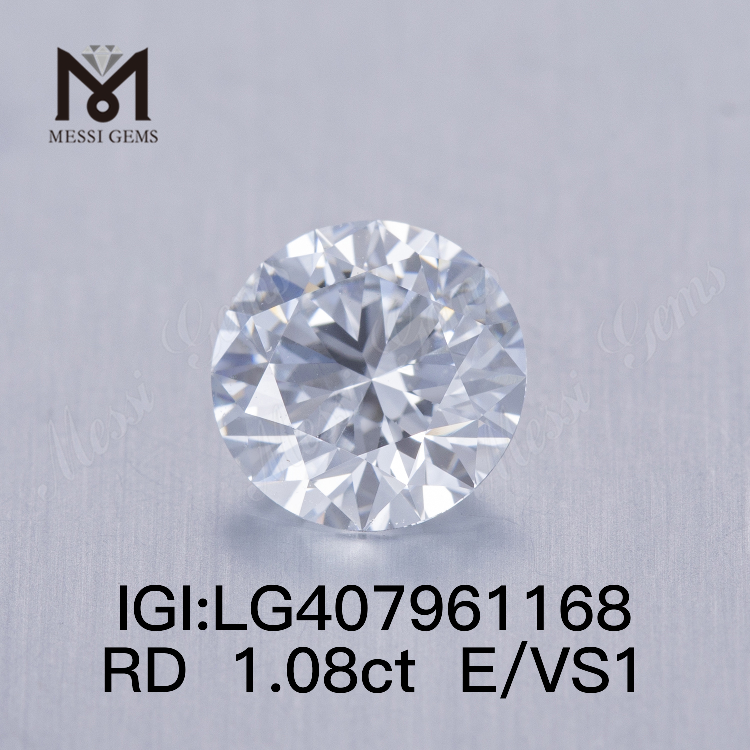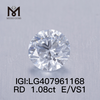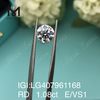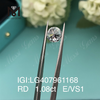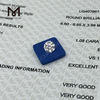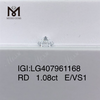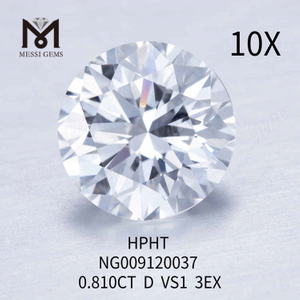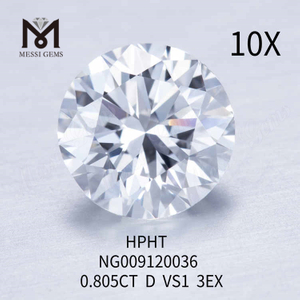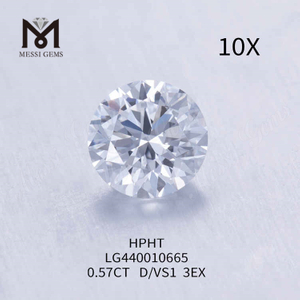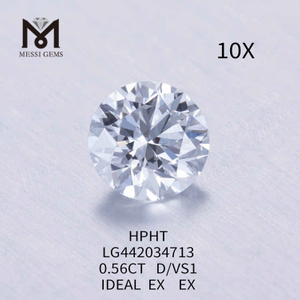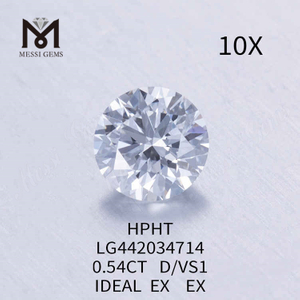
1.08CT E/VS1 round IGI lab grown diamond
| Material: | Synthetic diamond |
| Shape: | |
| Color: | E |
| Sample: | 1 piece available |
| Sample Lead Time: | 1-2 days |
| Delivery Time: | 2-3 days after payment for stock |
| Inventory: | In Stock. |
| Production: | Weekly update stock list |
| Custom Clearance: | Round/ Pear/ Rectangle/ Octangle/ Square/ Heart/
Cushion/Marquise/ Triangle/ Oval/ Drop(Customize are welcome) |
| Color Provide: | Clear white, Pink, Yellow, Blue |
| Color Provide: | PayPal, T/T, Western Union |
If you have uncommon fashion jewelry items, put on these products on unique events just.
If your precious jewelry has gems, you ought to not saturate your precious jewelry when you are attempting to cleanse it. When you are cleaning up gems, you need to utilize a wet towel to scrub it tidy so you can protect your fashion jewelry's all radiance.
Make use of a little bit of mineral or infant oil to oil them if the holds on your fashion jewelry stick or do not slide efficiently. You can delicately massage the oil around the hold, after that clean the unwanted over the remainder of the item to maintain it totally free as well as glossy from crud.
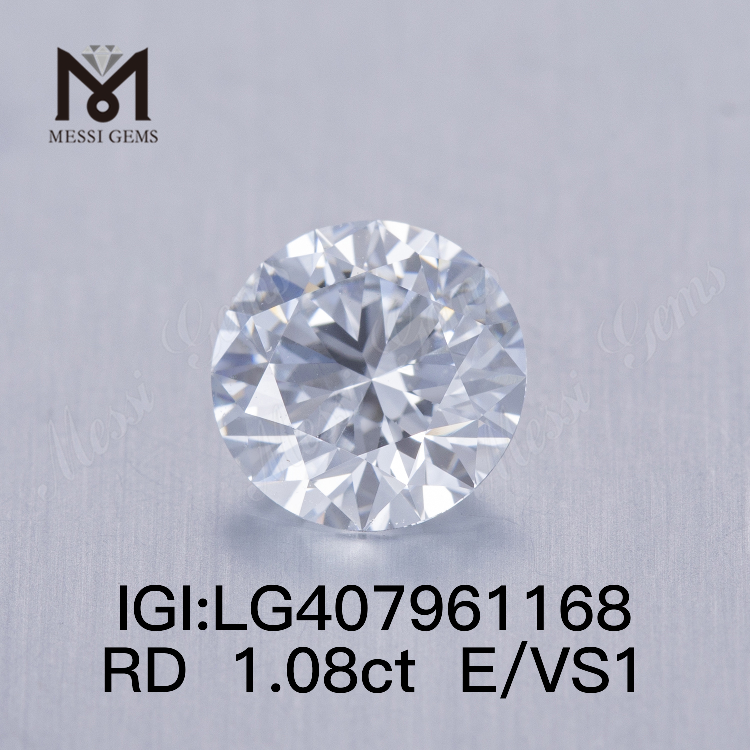

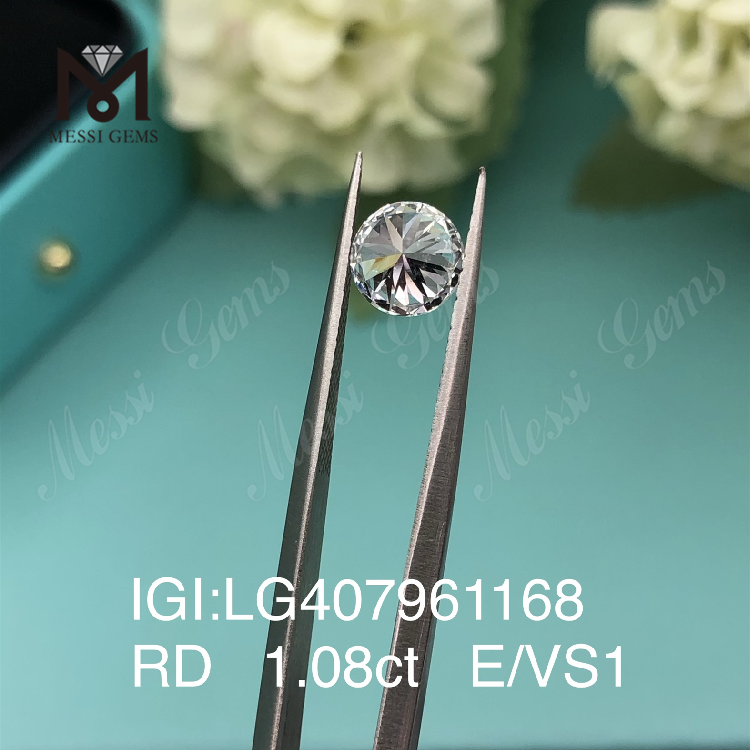
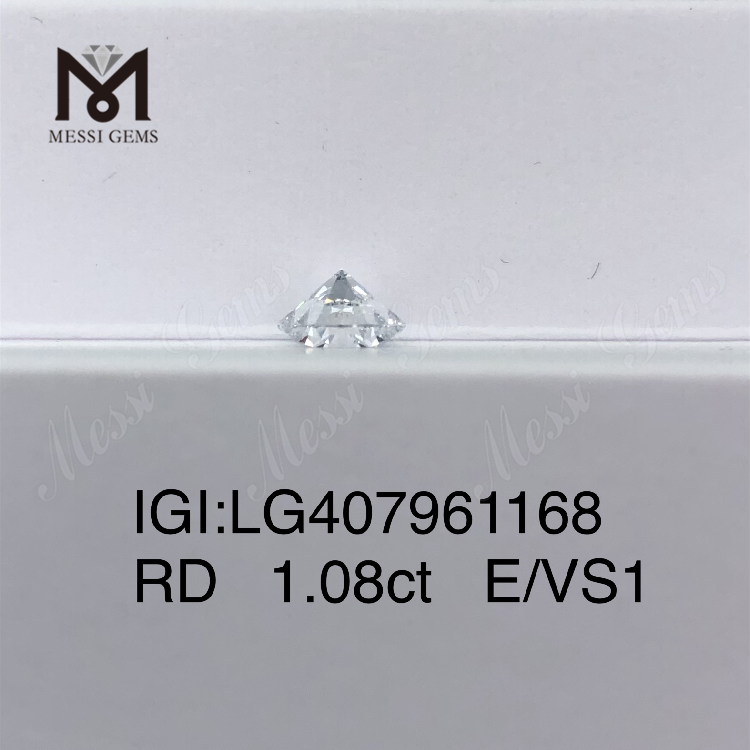
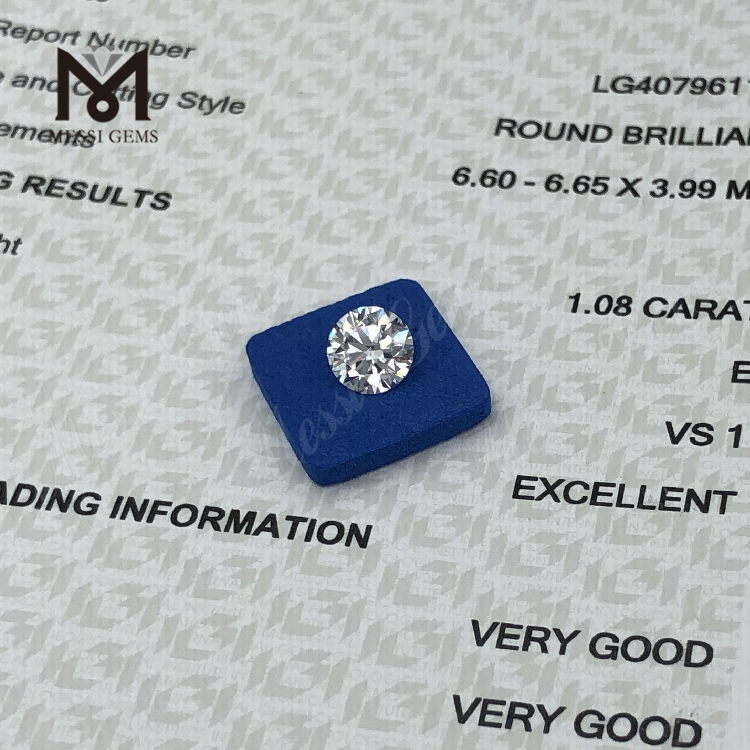
Fire method: burn the gemstone with a lighter, moissanite will appear slightly yellow, but after annealing, it will return to its original state, while the color of lab grown diamond will not change after the fire. But be careful, do not exceed 600 degrees, or the real lab grown diamond will oxidize. Unless as a last resort, generally do not try this method to avoid disputes.
However, it was not until 1970 that gem-quality diamonds with large grains were synthesized by the American company General Electric. After nearly thirty years of effort, it is now possible to obtain crystals as large as a dozen carats, but the cost of gem-quality diamond synthesis is still too high to allow for mass production. only 3,500ct of synthetic diamonds could be cut and ground in 2000, representing only 0.01% of natural gem-quality diamond production that year.
 English
English 简体中文
简体中文
